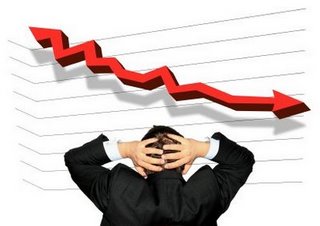Mark-to-Market Mess
June 16, 2009 Leave a comment
Former Federal Reserve Chairman Paul Volcker recently provided some interesting insight into the role of mark-to-market accounting in the current economic crisis. In a speech to the International Institute of Finance, Mr. Volcker noted the following.
There isn’t much doubt that attempts to enforce strict application of mark-to-market accounting procedures has contributed to confusion, uncertainty and inconsistencies among financial institutions. There is a strong case for reviewing the application of so-called fair value standards to commercial banks, insurance companies and perhaps certain other regulated financial institutions.
The problem is not only the difficulty of measuring value in highly disturbed market conditions. More broadly, strict mark-to-market accounting — entirely appropriate for trading operations and investment banks — may introduce a degree of volatility in reporting incompatible with the basic and essential business model of banks, which inherently intermediate maturity and credit risks.
There is no doubt that mark-to-market accounting contributed to the death spiral of many institutions as they tried to mark positions to a market that temporarily ceased to exist. While mark-to-market accounting is noteworthy in its attempts to provide greater transparency, it currently possesses some very serious unintended consequences that must be rectified.
